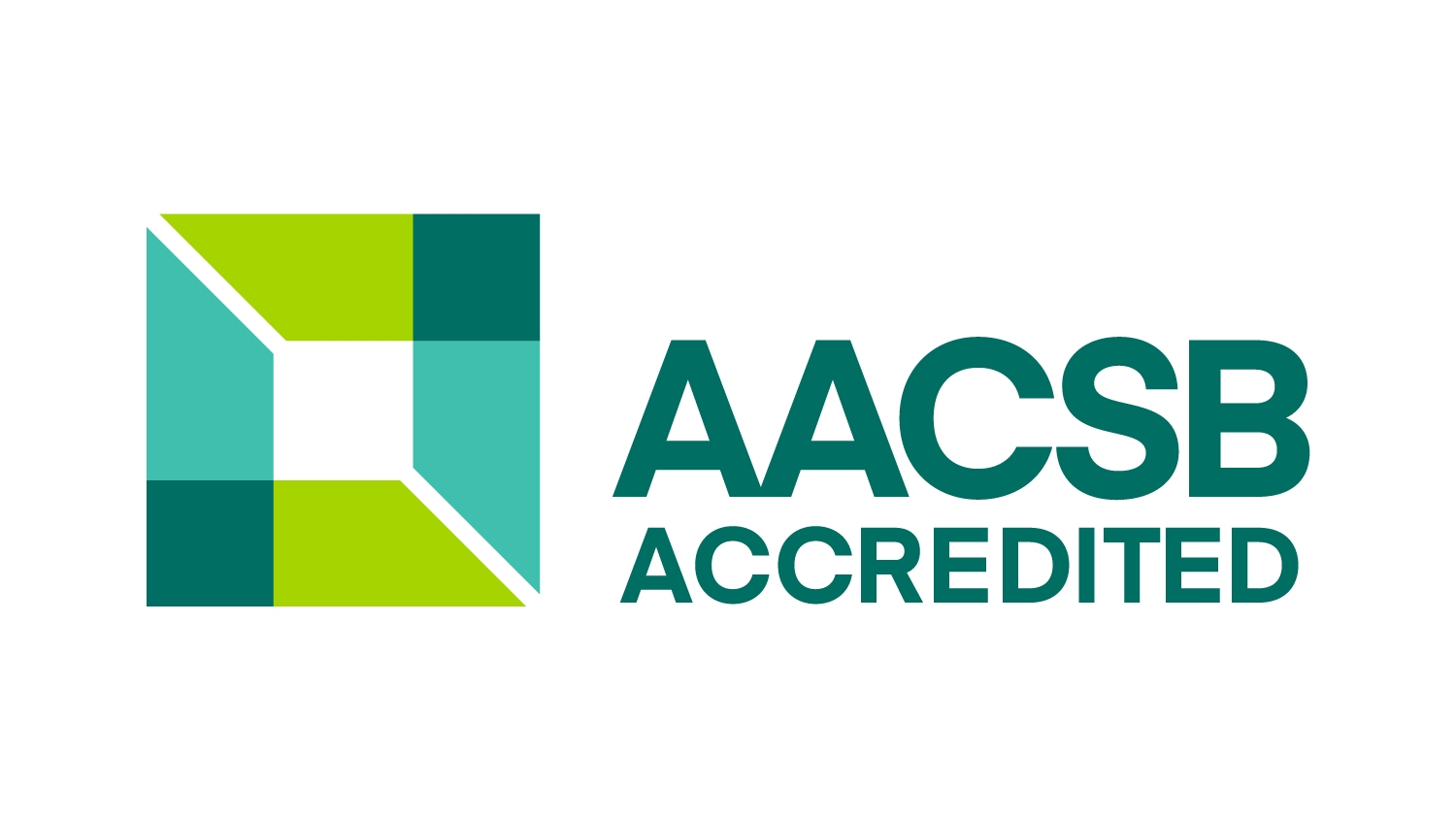| You & UNA: Working Together for a Mutual Impact |
| Institute Fellowship Program |
Employers can advance their goals by engaging student fellows for projects such as a marketing plan, performing studies/data collection to assist growth efforts, furthering a startup effort, analyzing a new product line, planning a software implementation or other business areas. This successful program is in its second year and had positive feedback from both the employer and student. Ten fellowships are awarded to students and each student is mentored by a Sanders College of Business and Technology member. |
| HCI/UX Lab |
Improving your company impact through improving software interaction can be a key competitive advantage. Employers can engage with the Human Computer Interaction Lab, a leading-edge facility that uses the latest technologies and the result is a more useable product for your customers. Students from the Human Computer Interaction / User Experience (HCI/UX) program work under the direction of faculty to provide recommendations to increase the effectiveness of the company's interface including websites, computer screens, hand-held and other wearable devices. |
| Business Research Projects |
Employers often have projects that need attention and fresh eyes to bring new thinking to assure that the company remains competitive. Students from throughout the university are available as individuals or in a team to help companies with analysis and areas for growth and improvements. One tool available is Growth Wheel methodology where students along with professor mentors can work with company management and recommend their best areas for advancement. These specific areas of assistance are partially funded through a grant from the Appalachian Regional Commission. |
| Agile Strategy Strategic Doing |
Time is a precious commodity especially in today's competitive world. Moving quickly into action from strategies is key to achieving an effective competitive entity. Strategic Doing is a proven method that guides your group in a workshop format that enables people to form collaborations quickly, select measurable outcomes, and make adjustments along the way. Examples of those who have used this groundbreaking method include private industry, non-profit organizations, government, community groups, associations, and individuals. |
